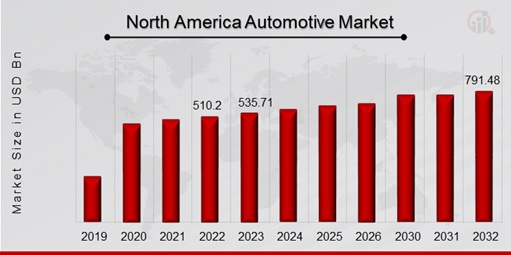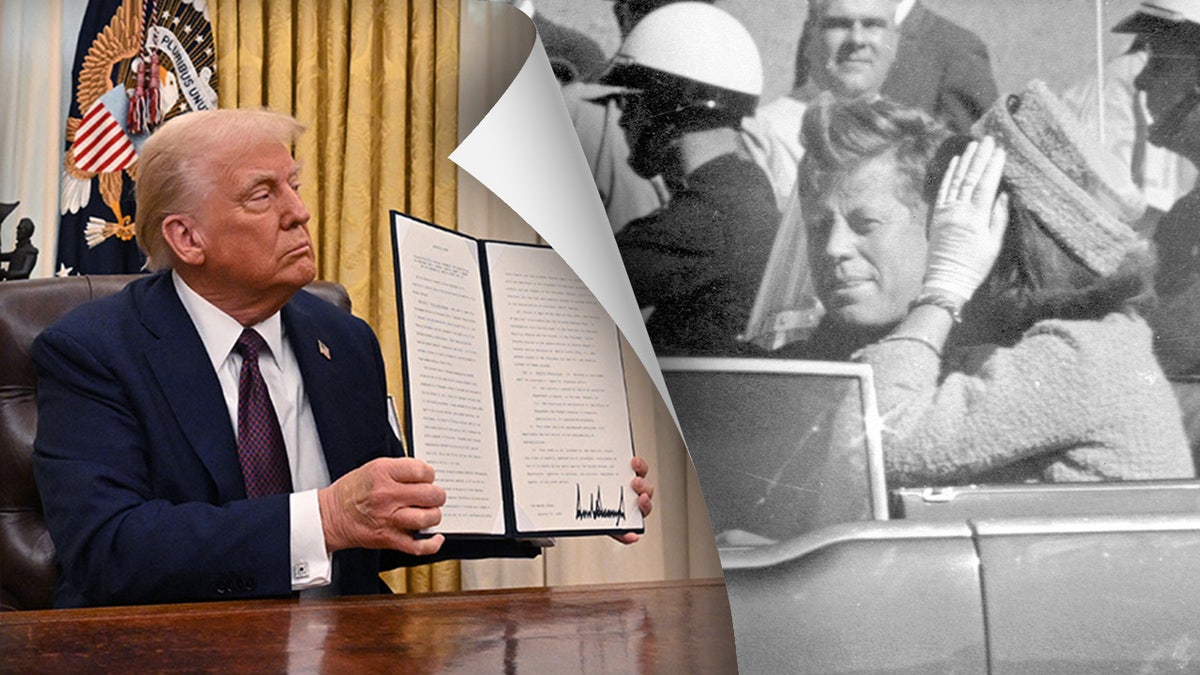China's Automotive Market: A Look At The Struggles Of Brands Such As BMW And Porsche

Table of Contents
Intense Domestic Competition from Chinese Automakers
The rise of domestic Chinese automakers is a primary challenge for luxury brands. These brands, leveraging technological advancements and savvy marketing, are rapidly gaining market share.
Rise of Domestic Brands
Chinese automakers like BYD, Nio, and Xpeng are no longer simply producing budget-friendly vehicles. They're now serious contenders in the premium segment, offering technologically advanced and stylish cars that rival established luxury brands.
- Successful EV Models: BYD's Han and Tang EVs, Nio's ET7, and Xpeng's P7 are prime examples of sophisticated vehicles with competitive pricing and features.
- Competitive Pricing: Domestic brands are often able to offer comparable features at significantly lower price points than their foreign counterparts, appealing to a price-sensitive yet quality-conscious consumer base.
- Advanced Features: Chinese automakers are aggressively integrating advanced driver-assistance systems (ADAS), sophisticated infotainment systems, and cutting-edge connectivity features, directly competing with the technological prowess usually associated with luxury brands.
- Targeted Marketing: These brands effectively target Chinese consumers through localized marketing campaigns that resonate with cultural values and preferences.
Shifting Consumer Preferences
The Chinese automotive market is experiencing a paradigm shift in consumer preferences. The demand for electric vehicles (EVs) is surging, alongside a strong preference for advanced technological features.
- Increasing EV Popularity: Statistics show a dramatic increase in EV sales in China year-over-year, with EVs rapidly gaining market share across all segments, including luxury.
- Demand for ADAS and Connectivity: Chinese consumers are increasingly demanding advanced driver-assistance systems like adaptive cruise control and lane keeping assist, as well as seamless connectivity features and integrated mobile applications.
- Price Sensitivity and Value Proposition: Even in the luxury segment, price remains a significant factor, and Chinese consumers are increasingly evaluating the value proposition offered by each brand in terms of features and technology. Luxury brands are struggling to compete effectively on price while maintaining their premium image.
Economic Headwinds and Shifting Market Dynamics
Beyond the competitive landscape, economic factors significantly impact the performance of luxury brands in China.
Economic Slowdown Impact
China's recent economic slowdown has directly impacted consumer spending, particularly in discretionary categories like luxury vehicles.
- Decreased Consumer Spending: Economic uncertainty has led to reduced consumer confidence and a decrease in overall automotive sales, disproportionately affecting the luxury segment.
- Impact on Luxury Car Sales: Sales figures for luxury brands reflect this slowdown, with growth rates significantly lower than in previous years.
- Shifting Purchasing Decisions: Consumers are delaying major purchases, including luxury cars, until economic conditions improve.
Government Regulations and Policies
Government regulations play a significant role in shaping the Chinese automotive market.
- Emission Standards: Stringent emission standards necessitate significant investments in research and development to meet compliance requirements.
- Fuel Efficiency Regulations: Regulations focused on fuel efficiency are forcing automakers to prioritize fuel-efficient and electric vehicle technologies.
- Import Tariffs: Import tariffs on luxury vehicles increase the cost of foreign-made cars, making them less competitive compared to domestically produced vehicles.
Marketing and Brand Perception Challenges
Navigating the cultural nuances of the Chinese market is crucial for luxury brands to succeed.
Cultural Nuances and Marketing Strategies
Understanding and responding to the specific cultural values and preferences of Chinese consumers is paramount.
- Successful Marketing Campaigns: Successful campaigns focus on building relationships, understanding local trends, and adapting messaging to resonate with Chinese consumers.
- Unsuccessful Marketing Campaigns: Brands failing to adapt their messaging and marketing strategies to the local context often struggle to connect with consumers.
- Targeting Different Segments: The Chinese market is incredibly diverse, requiring tailored approaches to reach different consumer segments effectively.
Building Brand Loyalty and Trust
Foreign luxury brands face challenges in building brand loyalty and trust in a market dominated by well-established domestic players.
- Brand Loyalty Comparison: Studies show a higher level of brand loyalty towards domestic brands, particularly amongst younger Chinese consumers.
- Strategies for Building Trust: Luxury brands need to focus on building trust through transparency, personalized customer service, and demonstrating a deep understanding of the Chinese market.
Conclusion: Understanding the Future of Luxury Brands in China's Automotive Market
Luxury brands like BMW and Porsche face significant challenges in China's automotive market, including intense domestic competition, economic headwinds, and marketing complexities. The rise of technologically advanced and competitively priced Chinese automakers, coupled with changing consumer preferences and economic uncertainties, necessitates a strategic re-evaluation of their approach to the Chinese market. Key takeaways include the need for aggressive adaptation to the electric vehicle revolution, a deep understanding of cultural nuances, and the importance of building trust and brand loyalty amongst Chinese consumers. The future prospects for luxury brands in China depend on their ability to successfully navigate these challenges and adapt their strategies to thrive in this dynamic and evolving landscape. To learn more about the intricacies of China's evolving automotive landscape and the innovative strategies being implemented by luxury brands, further research into the specific challenges in China's automotive market is encouraged.

Featured Posts
-
 Why Are Measles Cases Decreasing In The Us A Data Driven Analysis
May 30, 2025
Why Are Measles Cases Decreasing In The Us A Data Driven Analysis
May 30, 2025 -
 Jon Jones Vs Tom Aspinall Gustafsson Weighs In On The Danger
May 30, 2025
Jon Jones Vs Tom Aspinall Gustafsson Weighs In On The Danger
May 30, 2025 -
 Orden Ejecutiva De Trump El Fin De La Reventa Abusiva De Boletos Por Ticketmaster
May 30, 2025
Orden Ejecutiva De Trump El Fin De La Reventa Abusiva De Boletos Por Ticketmaster
May 30, 2025 -
 Kalinskaya Defeats Keys In Dramatic Charleston Quarterfinal
May 30, 2025
Kalinskaya Defeats Keys In Dramatic Charleston Quarterfinal
May 30, 2025 -
 Ticketmaster Y Su Virtual Venue Una Nueva Era En La Compra De Entradas
May 30, 2025
Ticketmaster Y Su Virtual Venue Una Nueva Era En La Compra De Entradas
May 30, 2025
